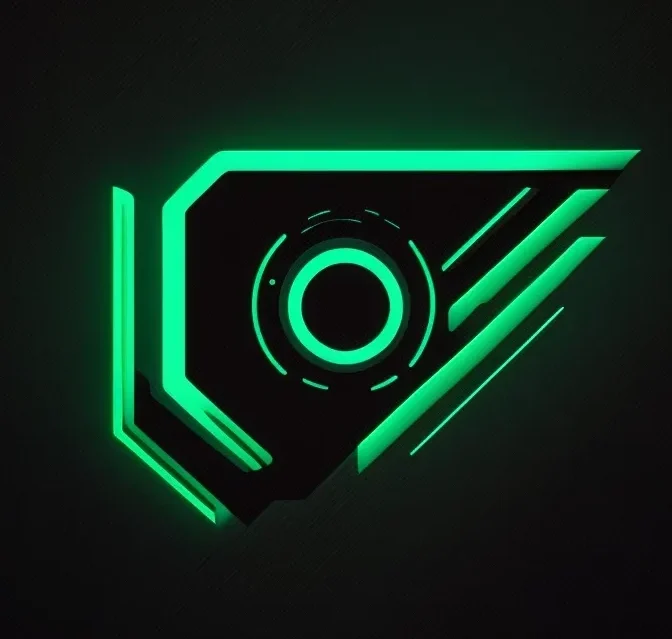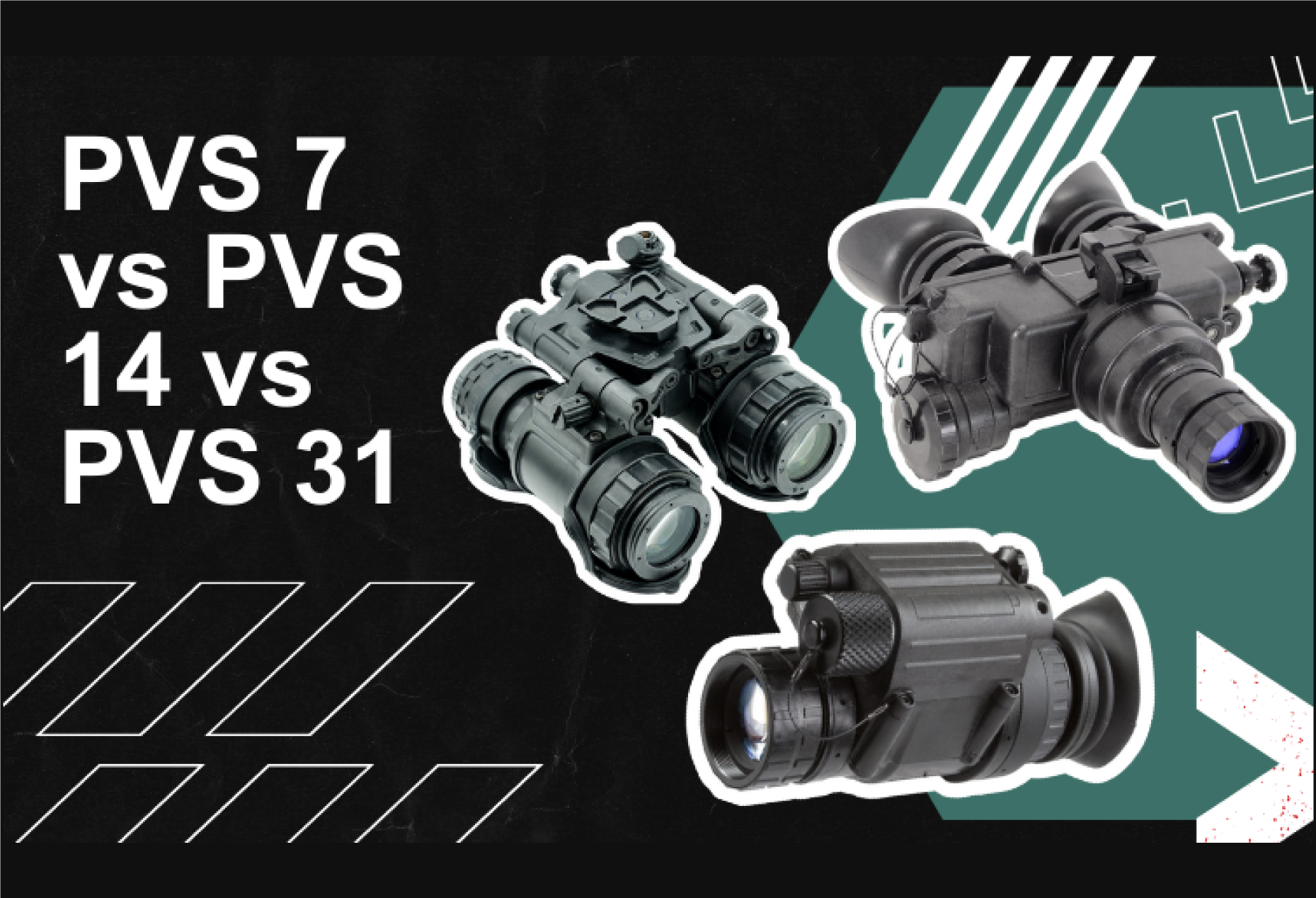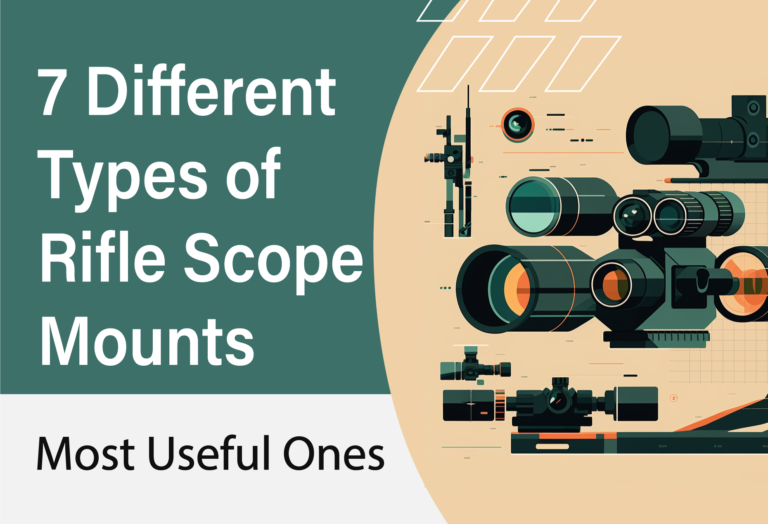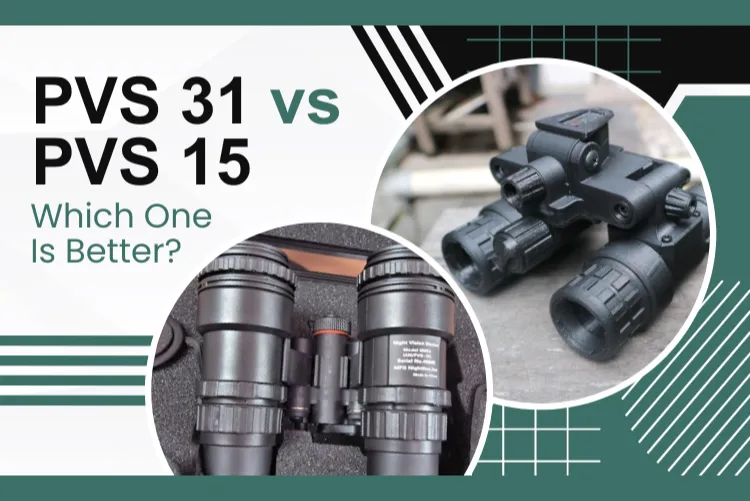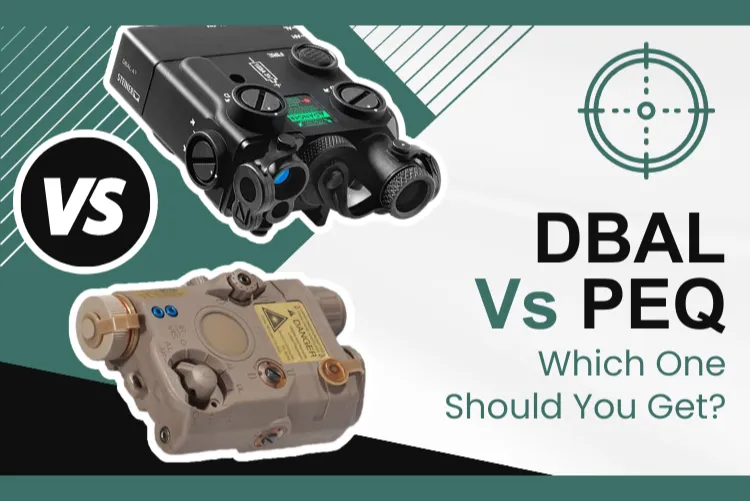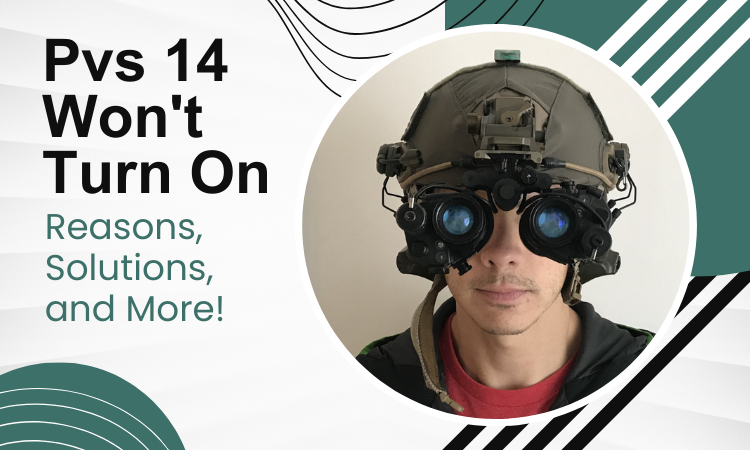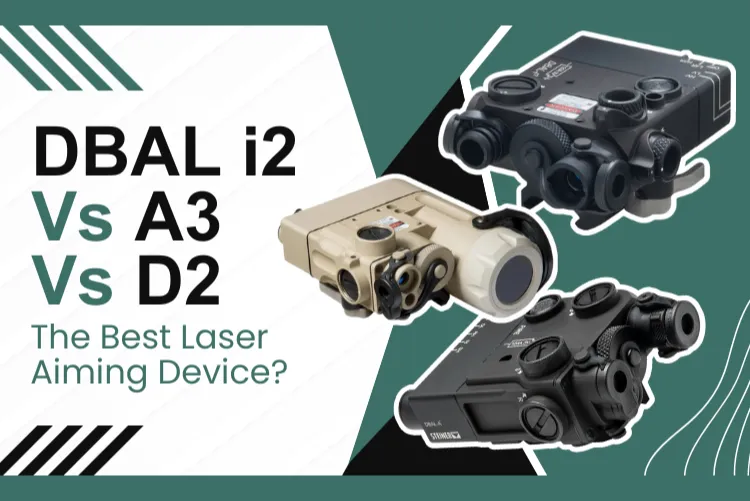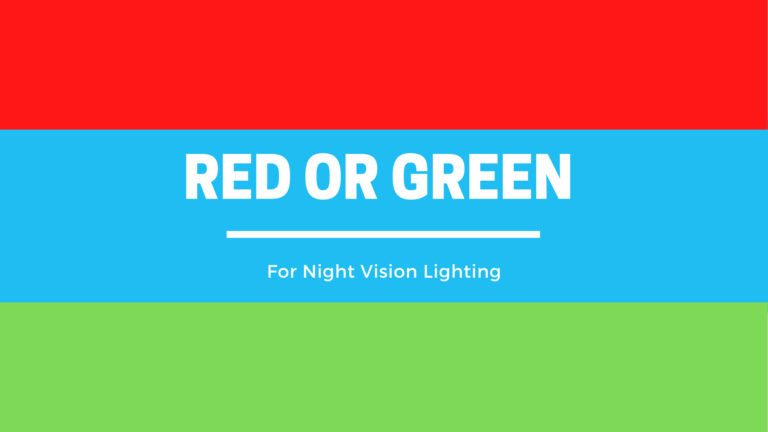Comparing PVS-7, PVS-14, and PVS-31 Night Vision Devices – Which One is Right for You?
When it comes to choosing a night vision device, there are many options to consider. Three popular choices are the PVS7, the PVS 14, and the PVS 31. All three are great night vision devices.
So, between PVS 7 vs PVS 14 vs PVS 31, which is the better night vision device?
The PVS 7 is better than the PVS 14 and PVS 31 in terms of affordability. The PVS 14 is better than the rest in terms of weight, size, and quantity of batteries. The PVS 31, however, is the best in terms of design, range of detection and recognition, resolution, and battery life.
In this comparison, we will take a closer look at the PVS 7, PVS 14, and PVS 31. This will help you make an informed decision when choosing a night vision device.
PVS 7 vs PVS 14 vs PVS 31: A Quick Comparison
In this section, we will briefly go through the differences between the PVS-7, the PVS-14, and the PVS-31 night vision devices. We will give a more detailed comparison between the three in the next section.
| Feature | PVS – 7 | PVS – 14 | PVS – 31 |
| Design | Biocular | Monocular | Binocular |
| Field of View | 40 degrees | 40 degrees | 40 degrees |
| Magnification | 1x | 1x | 1x |
| Range of detection | 325 m | 350 m | 1650 m |
| Range of recognition | 225 m | 300 m | 700 m |
| Resolution | >64 lp/mm | >64 lp/mm | 72 Ip/mm |
| Weight | 680 g | 351 g | 425 gm |
| Dimension | 5.8″L x 3.1″H x 6.1″W | 4.5“L × 2.25”H × 2”W | 4.3”L x 4.3”H x 3.4”W |
| Battery Type | AA | AA | AA |
| Number of batteries | 2 | 1 | 4 |
| Battery Life | 40 hours | 40 hours | 50+ hours |
| RRP | $2799 | $2950 | $13,000 |
This was just a summary of all the possible differences among these 3. However, it’s okay to be in confusion. In the next segment, we will explain these factors in more detail. So stick with us.
PVS 7 vs PVS 14 vs PVS 31: An In-depth Comparison
Design:
The PVS 31 has a better design than both the PVS 7 and the PVS 14. The PVS 14, however, has a slightly better design than the PVS 7.
The PVS 14 has a monocular design, while the PVS 7 and the PVS 31 have binocular designs, respectively. The PVS 7 has a single image intensifier tube and splits the image between two eyepieces. The monocular design of the PVS 14, on the other hand, makes it more versatile and cost-effective.
However, the PVS 31 has a better design as it has an individual image intensifier tube for each eyepiece. This reduces the strain on the eye and improves your nighttime visibility.
Winner: PVS 31.
Field of View:
PVS-7, PVS-14, and PVS-31 are tied when it comes to the field of view. All three night vision devices have a 40-degree field of view. However, the PVS-31 can provide you with better situational awareness and depth perception due to the binocular design. In certain situations, such as combat, the role of FOV is very important.
Result: Tie
Magnification:
The PVS – 7, the PVS – 14, and the PVS – 31 are also tied when it comes to magnification. Unfortunately, none of the three night vision devices have a built-in zooming system.
Result: Tie.
Range of detection:
The PVS 31 has a longer range of detection than the PVS 7 and the PVS 14. However, the PVS 14 has a better range of detection than the PVS 7. The PVS 31 has a range of detection of 1650 m compared to the 350 m range of detection of the PVS 14.
The PVS 7, in contrast, has a range of detection of just 325 m. You may also be able to detect lasers with night vision devices.
Winner: PVS 31
Range of recognition:
The PVS 31 has a better range of recognition than the PVS 7 and the PVS 14. The PVS 14, however, has a longer range of recognition than the PVS 7. The PVS 31 has a range of detection of 700 m compared to the 300 m range of detection of the PVS 14. The PVS 7, on the contrary, has a range of detection of just 225 m.
Resolution:
The PVS 31 has better resolution compared to the PVS 7 and the PVS 14. The PVS 7 and PVS 14 tie in this regard. The PVS 31 comes with a resolution of 72 Ip/mm. Meanwhile, the resolution of both the PVS 7 and PVS 14 is 64 Ip/mm.
Winner: PVS 31
Weight:
The PVS 14 is lighter than both the PVS 31 and PVS 7. The PVS 31 is lighter than the PVS 7, though. The PVS 14 weighs just 351 g due to its monocular design. The PVS 31, despite having a binocular design, weighs 425 g. The PVS 7, however, comes in heavy at 680 g.
Winner: PVS 14.
Dimension:
The PVS-14 is smaller in size compared to the PVS-7 and the PVS-31. The PVS-31, on the other hand, is less bulky compared to the PVS-7. The PVS-7 has a bulky structure due to its design. It comes in at 5.8″L x 3.1″H x 6.1″W.
The PVS-31, on the contrary, has a 4.3”L x 4.3”H x 3.4”W dimension. The PVS-14, though, is the smallest of the bunch due to the monocular design. The size of the PVS-14 is just 4.5“L × 2.25”H × 2”W.
Winner: PVS-14
Battery:
The PVS-14 uses fewer batteries than the PVS-7 and PVS-31. The PVS-7 uses half the batteries that the PVS-31 requires. The PVS-14 uses only one AA battery as it has only one image intensifier tube.
The PVS-31 requires 4 AA batteries for operation. The PVS-7, in contrast, uses only 2 AA batteries. All three devices use AA batteries only. Users of PVS-14, however, sometimes complain that their PVS-14 is not turning on.
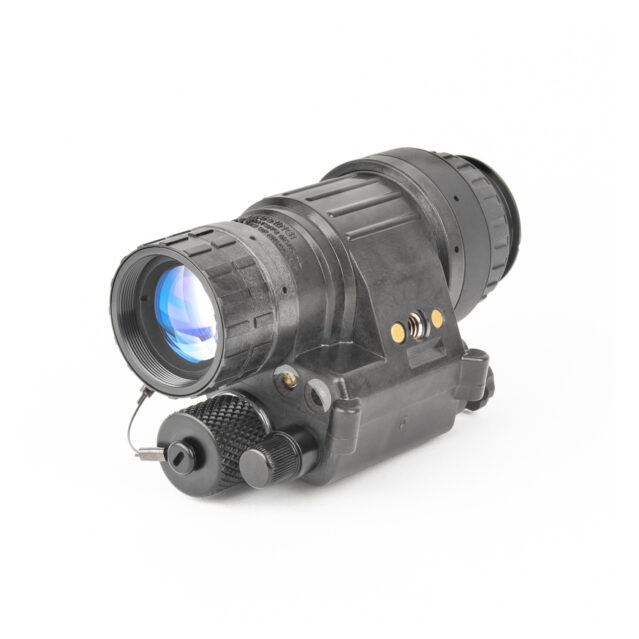
Winner: PVS-14.
Battery Life:
The PVS-31 has better battery life compared to the PVS-7 and the PVS-14. The PVS-7 and the PVS-14 have similar battery life. Both the PVS-7 and PVS-14 have a battery life of about 40 hours. The PVS-31, on the contrary, can be operated for more than 5 hours with one set of 4 AA batteries.
Winner: PVS-31.
Price:
The PVS 7 is more affordable than the PVS 14 and the PVS 31. The PVS 14 is only a bit more expensive than the PVS 7. The PVS 31 is very expensive compared to the other two.
If all three of these are too expensive, you can still get some decent night vision devices in a lower price range.
PVS-7
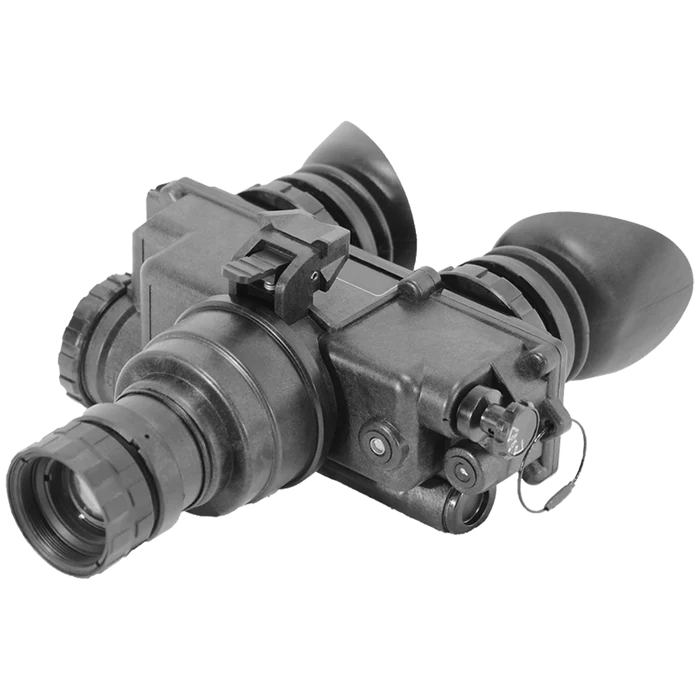
Winner: PVS-7
So, Which is Better? PVS 7, PVS 14 or PVS 31?
The PVS 7 is better when it comes to affordability compared to the other two. The PVS 14 is a bit more expensive than the PVS 7 but is much cheaper than the PVS 31. In terms of design, the PVS 31 is better than the other two. The PVS 14 has a better design than the PVS 7, though.
All three night vision devices perform the same when it comes to magnification and field of view (FOV). the PVS 31 has a much higher range of detection and range of recognition compared to PVS 14 and PVS 7. The PVS 14 performs a bit better than the PVS 7 in these two regards.
The PVS 7 and PVS 14 have similar resolutions. But the PVS 31 has a much better resolution than the other two. The PVS 14 is the lightest and the smallest of the bunch. The PVS 31 is much lighter than the PVS 7 and a bit smaller in size too.
Furthermore, all three devices use AA batteries. But the PVS 14 uses only one, while the PVS 7 requires two. The PVS 31, on the other hand, needs 4 AA batteries to operate. But in terms of battery life, the PVS 31 beats the other two by a good margin. The PVS 7 and the PVS 14 tie in this criteria.
So, which night vision device is best among these three? It depends on which features are the most important to you. Pick the device that is adequate for your use.
Frequently Asked Questions (FAQs):
Can you use 2 PVS-14?
Yes, you can use 2 PVS 14s at the same time. There are mounts available for purchase that let you mount two PVS 14 monoculars simultaneously to form a night-vision binocular device.
Does the military still use PVS-7?
Yes, the military still uses the PVS 7. The US military has been using the PVS 7 since 1988. There are currently hundreds of thousands of these night vision devices in the stocks of the US military. But they are slowly being phased out for the newer PVS 14 and PVS 31 variants.
Why is night vision so expensive?
Night vision devices are so expensive primarily due to the complexity of developing these devices. These devices also use highly specialized components that have limited availability in the market.
Conclusion
Now you know about PVS 7 vs PVS 14 vs PVS 31. I hope you didn’t have much trouble reading this article. The three night vision devices have a lot of distinguishing factors.
It is important to know what features separate the three to get the night vision device that is right for you. I hope that I managed to answer all your questions here.
That is all for today. Thank you, and goodbye!
